Connectivity theory
Recent articles
Giant analysis reveals how autism-linked genes affect brain cell types
Genes that predispose people to autism account for a large portion of the neuronal and glial cell changes seen in those with the condition.
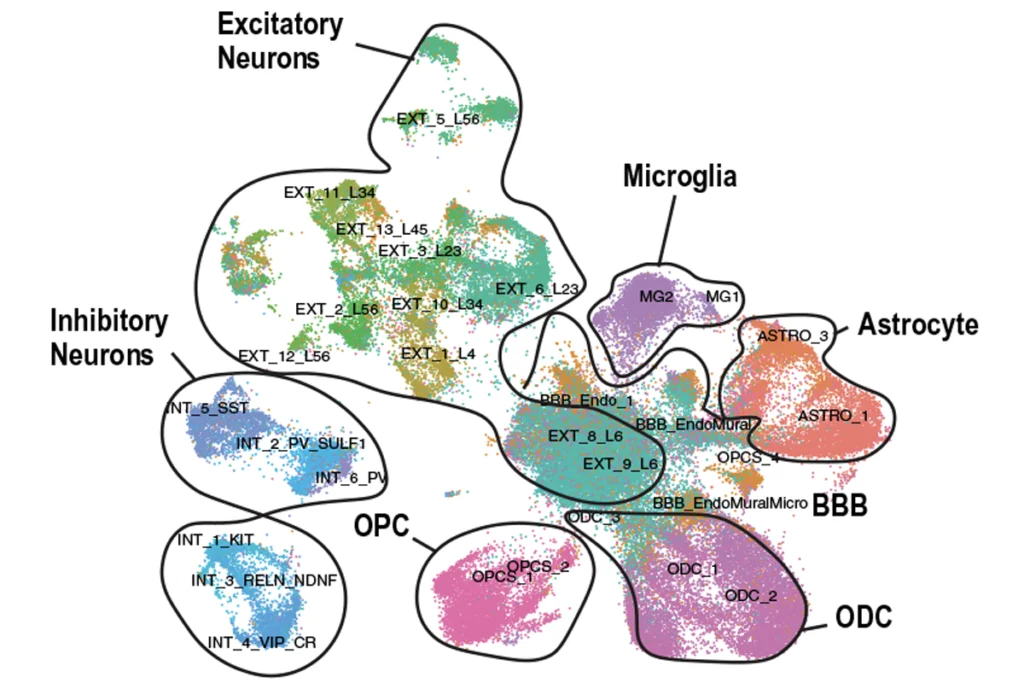
Giant analysis reveals how autism-linked genes affect brain cell types
Genes that predispose people to autism account for a large portion of the neuronal and glial cell changes seen in those with the condition.
Autism-linked mutation disrupts brain circuit to change social behavior
Therapies that target the circuit could boost social activity, new findings suggest.
Autism-linked mutation disrupts brain circuit to change social behavior
Therapies that target the circuit could boost social activity, new findings suggest.
Synaptic overgrowth, hyperconnectivity may define autism subtype
Model mice of the subtype also show hyperactivity in a signaling pathway called mTOR, bolstering the idea that distinct forms of autism have different biological roots and may require different treatment approaches.
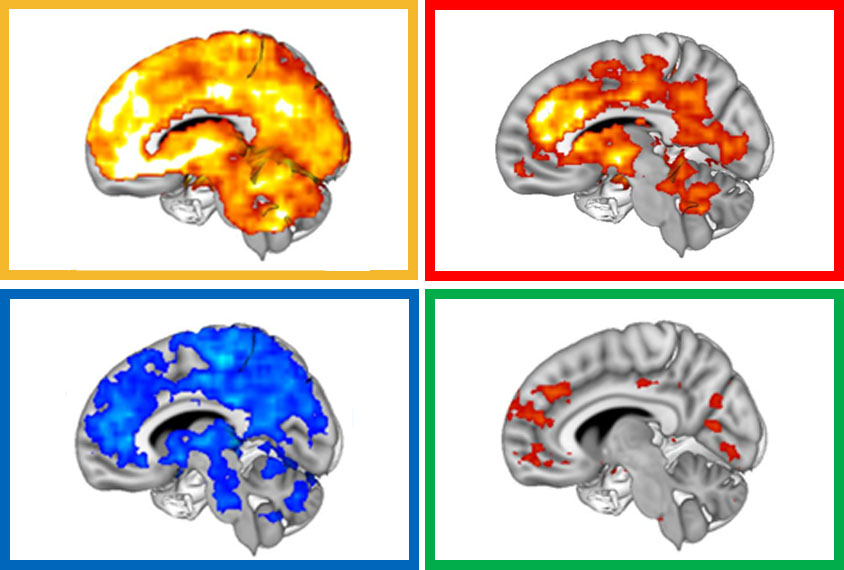
Synaptic overgrowth, hyperconnectivity may define autism subtype
Model mice of the subtype also show hyperactivity in a signaling pathway called mTOR, bolstering the idea that distinct forms of autism have different biological roots and may require different treatment approaches.
Brain stimulation improves memory in autism mouse models
Jolting a bundle of nerve fibers deep in the brain restores learning and memory in mice with mutations of the autism-linked gene CDKL5.
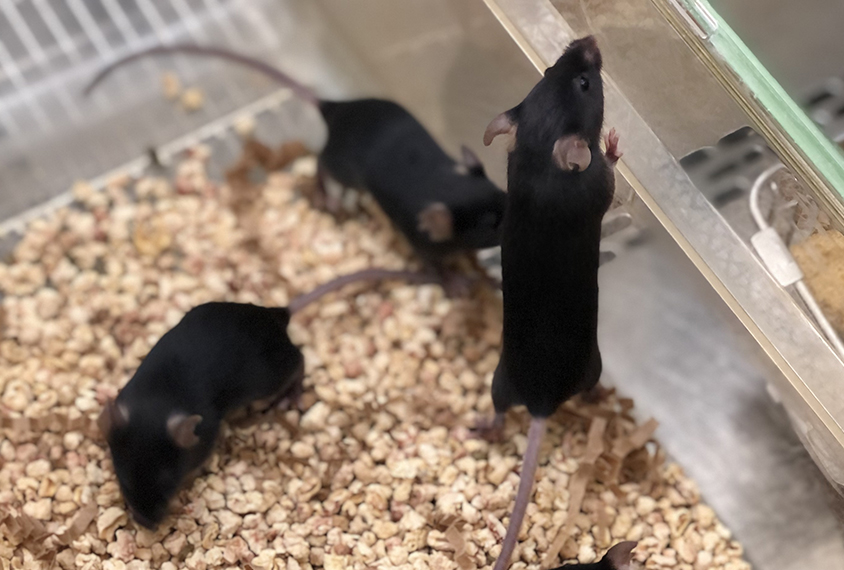
Brain stimulation improves memory in autism mouse models
Jolting a bundle of nerve fibers deep in the brain restores learning and memory in mice with mutations of the autism-linked gene CDKL5.
Autism mouse models cluster by brain activity pattern
Four subtypes lend new support to the idea that there isn’t a single ‘hallmark’ type of brain connectivity in people with autism.
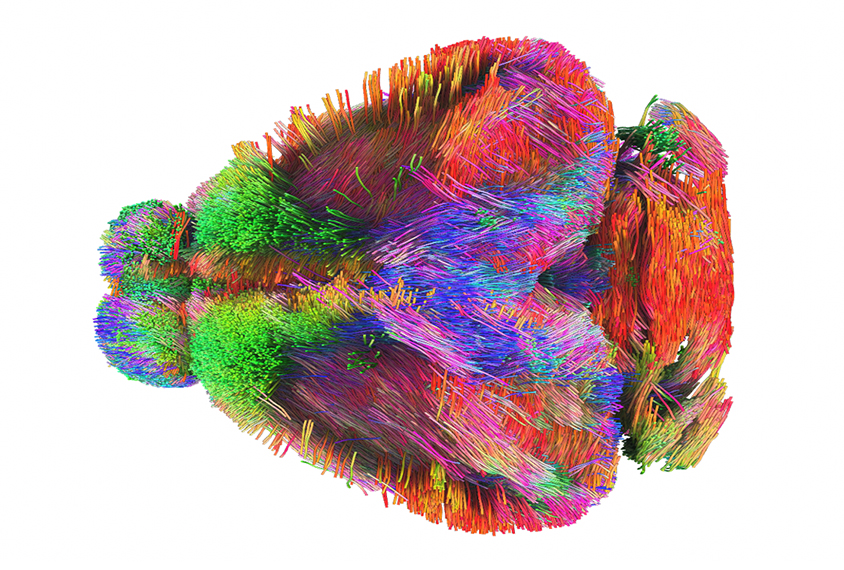
Autism mouse models cluster by brain activity pattern
Four subtypes lend new support to the idea that there isn’t a single ‘hallmark’ type of brain connectivity in people with autism.
‘Neurons on a chip’ reveal patterns across autism-linked conditions
Activity patterns of neuronal networks link different genetic subtypes of autism that have similar traits, according to new unpublished research.
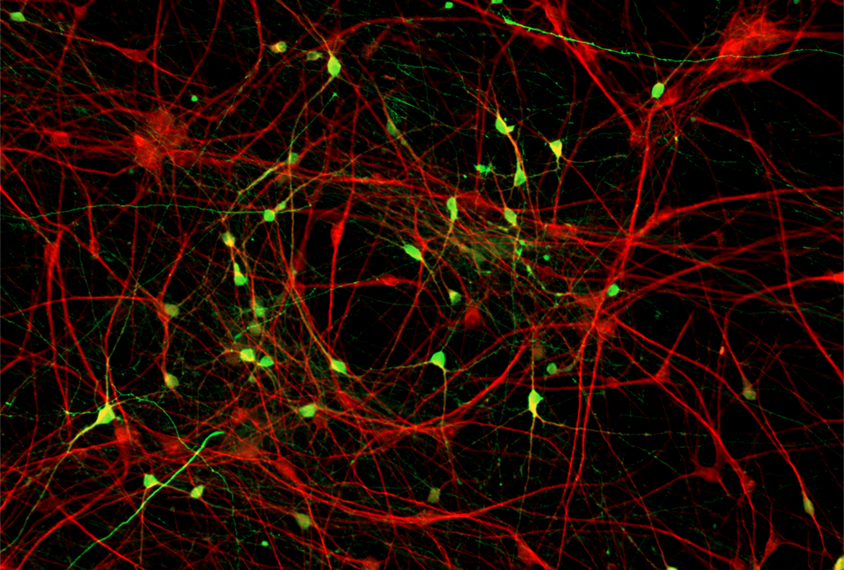
‘Neurons on a chip’ reveal patterns across autism-linked conditions
Activity patterns of neuronal networks link different genetic subtypes of autism that have similar traits, according to new unpublished research.
Gene mutations point to overlaps in brain connectivity for autism, schizophrenia
People who have large mutations associated with autism and schizophrenia share atypical patterns of brain connectivity, according to a new study, especially between areas that process sensory information.
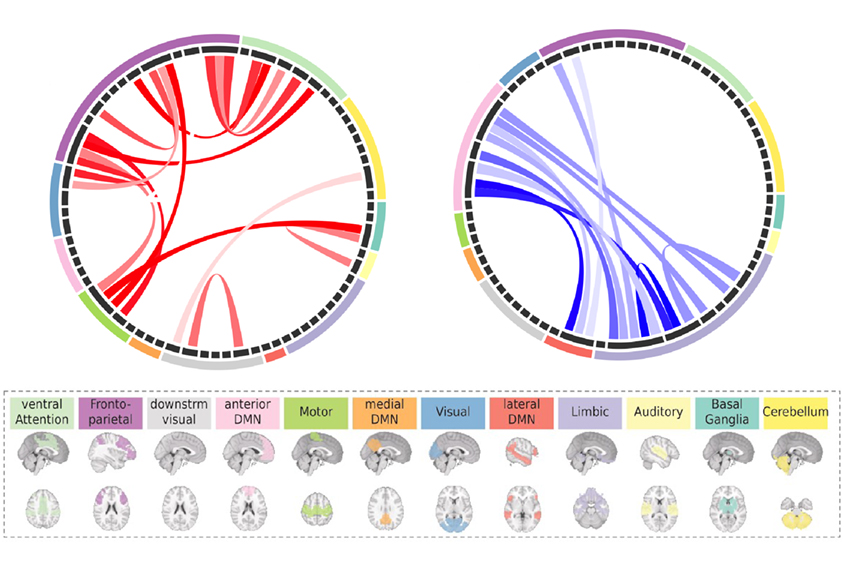
Gene mutations point to overlaps in brain connectivity for autism, schizophrenia
People who have large mutations associated with autism and schizophrenia share atypical patterns of brain connectivity, according to a new study, especially between areas that process sensory information.
Slow, disorderly brain waves may flag autism in toddlers
Certain patterns of electrical activity in the brain may signal autism in children with tuberous sclerosis complex, a related genetic condition.
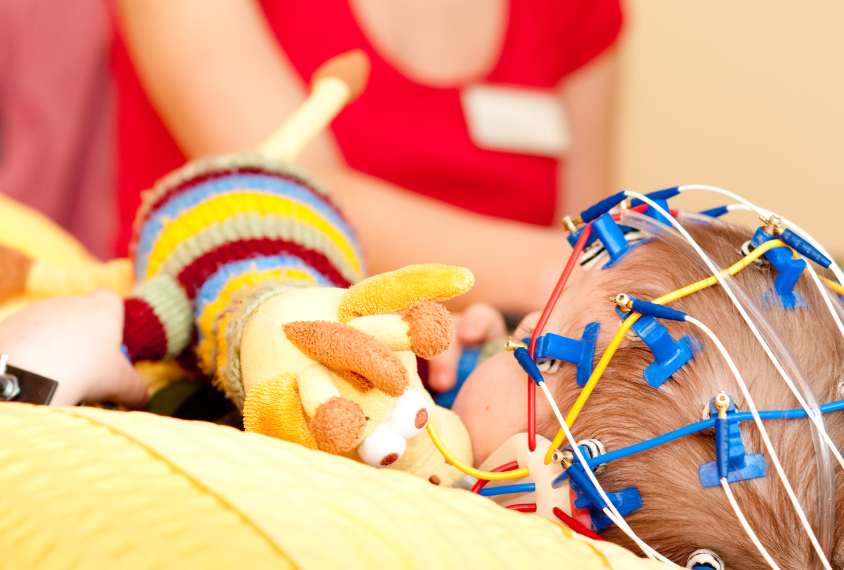
Slow, disorderly brain waves may flag autism in toddlers
Certain patterns of electrical activity in the brain may signal autism in children with tuberous sclerosis complex, a related genetic condition.
Autism mutation may disrupt brain structure by disabling mitochondria
Mice that lack a segment of chromosome 22 — a mutation associated with autism — have unusually sparse connections between brain regions.
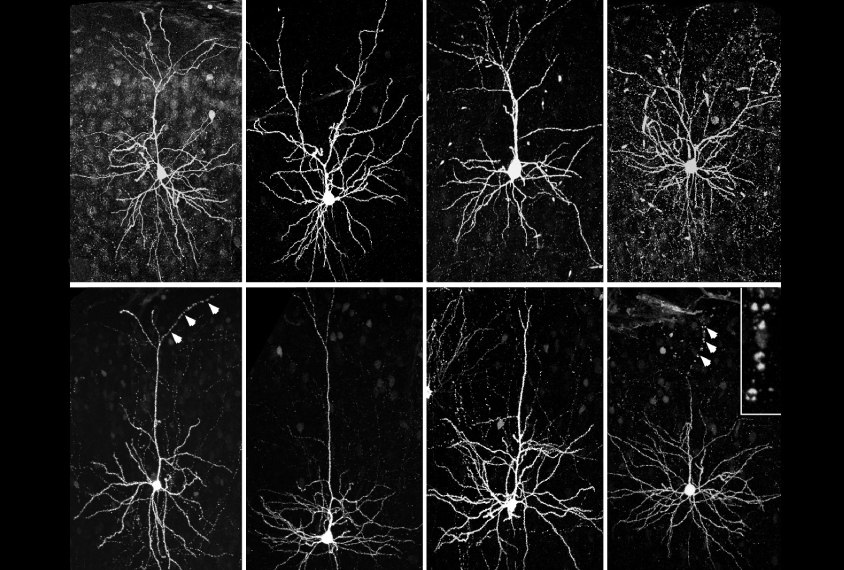
Autism mutation may disrupt brain structure by disabling mitochondria
Mice that lack a segment of chromosome 22 — a mutation associated with autism — have unusually sparse connections between brain regions.
Communication in brain shows sex difference in autism
Autistic women show unusually strong connections, and autistic men unusually weak ones, between two brain regions.
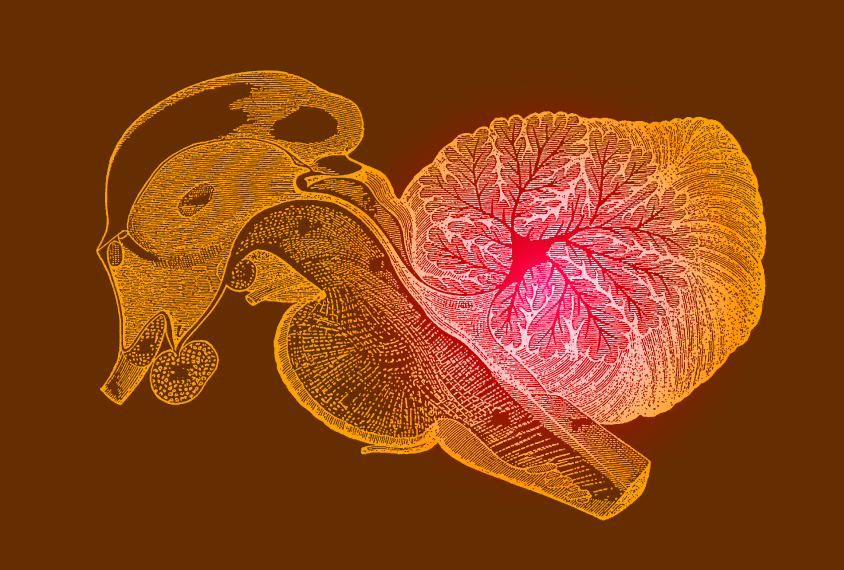
Communication in brain shows sex difference in autism
Autistic women show unusually strong connections, and autistic men unusually weak ones, between two brain regions.
Explore more from The Transmitter
Cell population in brainstem coordinates cough, new study shows
The work also adds to a growing body of evidence showing that mice, and their genetic toolbox, can be used to study cough.
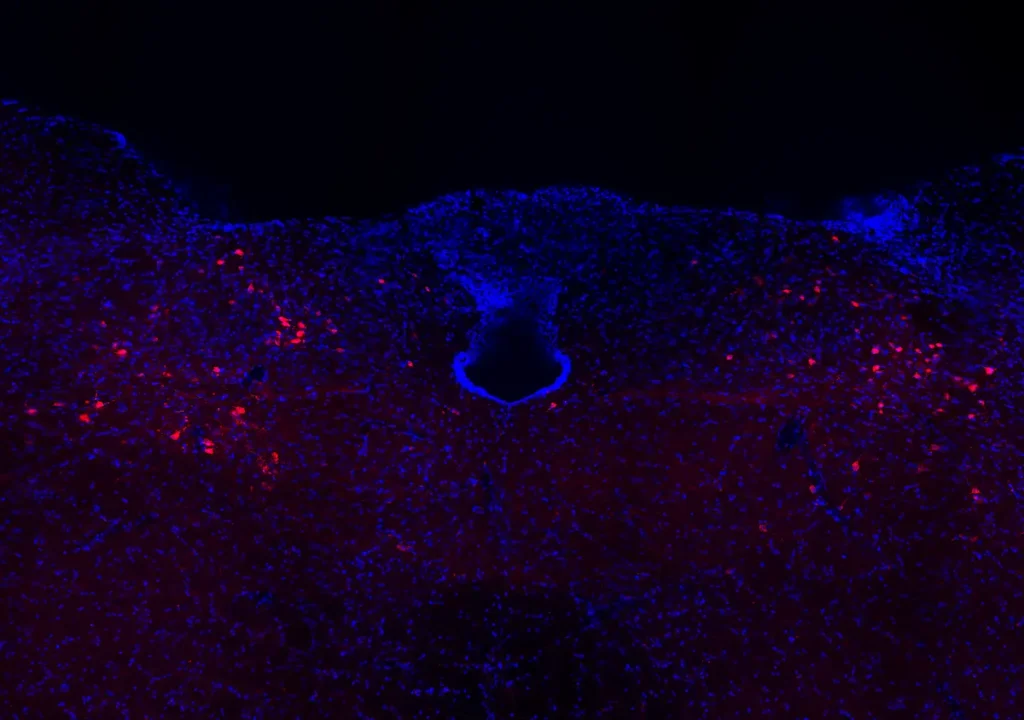
Cell population in brainstem coordinates cough, new study shows
The work also adds to a growing body of evidence showing that mice, and their genetic toolbox, can be used to study cough.
In updated U.S. autism bill, Congress calls for funding boost, expanded scope
The current Autism CARES Act sunsets in late September.
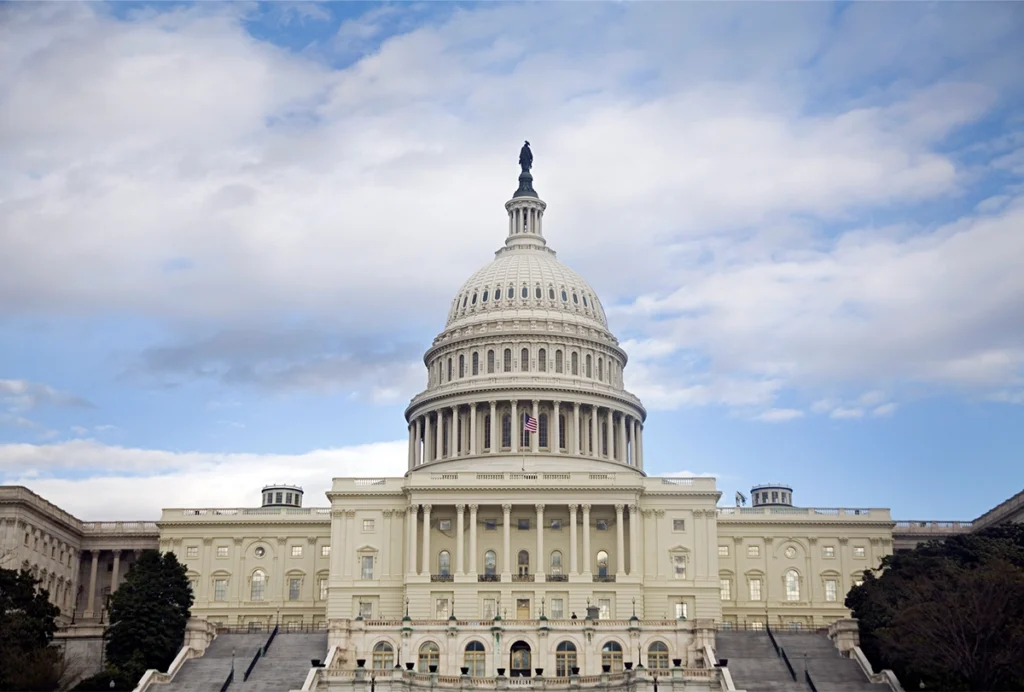
In updated U.S. autism bill, Congress calls for funding boost, expanded scope
The current Autism CARES Act sunsets in late September.
Ketamine targets lateral habenula, setting off cascade of antidepressant effects
The drug’s affinity for overactive cells in the “anti-reward” region may help explain its rapid and long-lasting results.
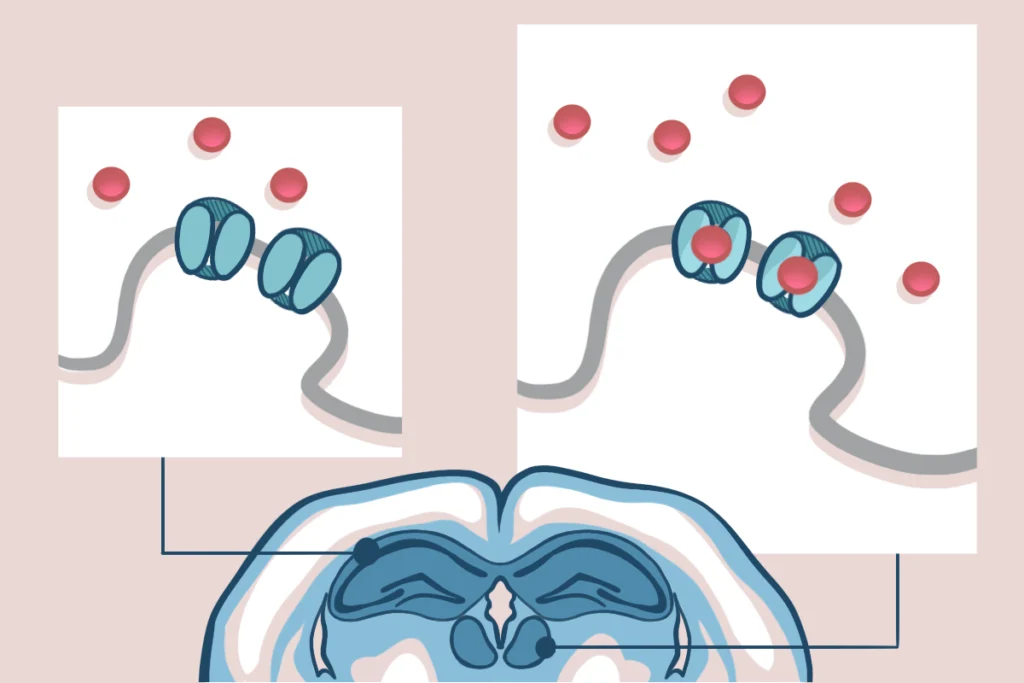
Ketamine targets lateral habenula, setting off cascade of antidepressant effects
The drug’s affinity for overactive cells in the “anti-reward” region may help explain its rapid and long-lasting results.